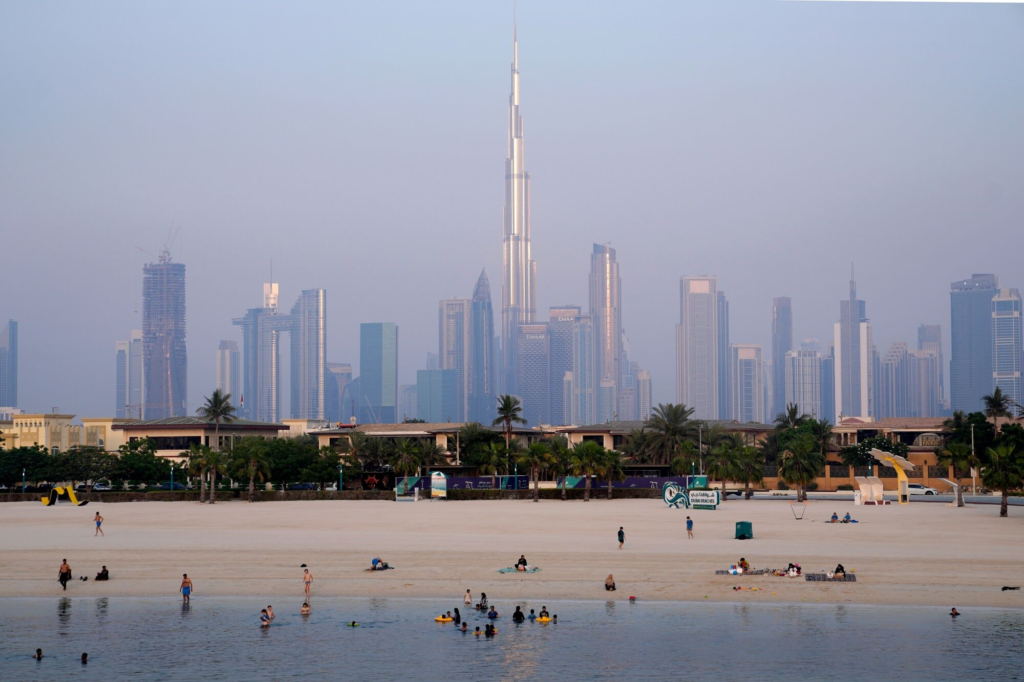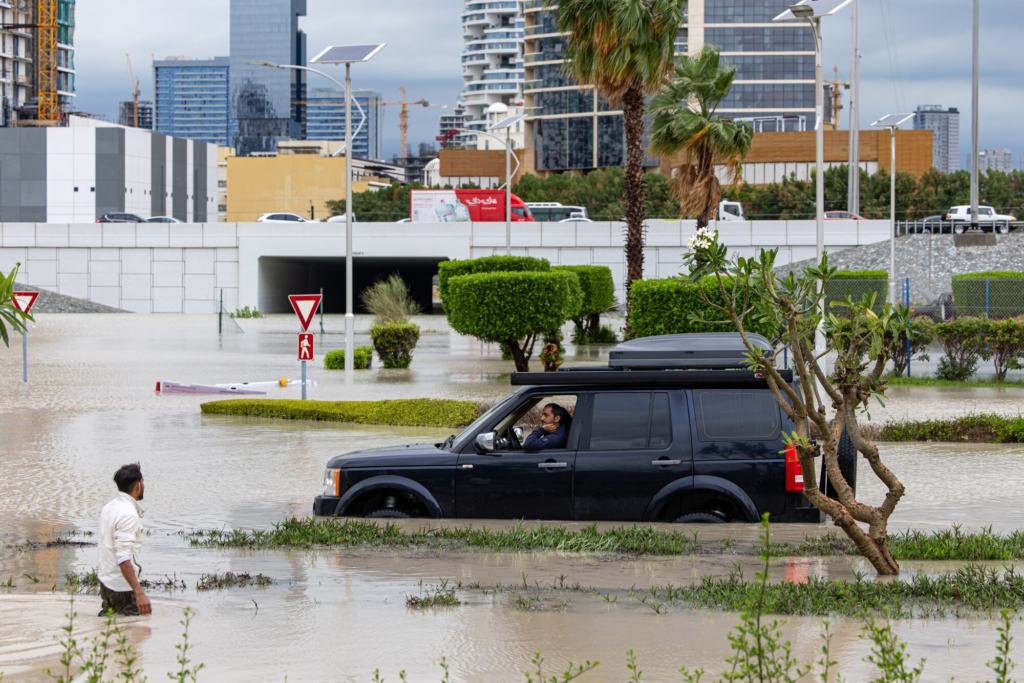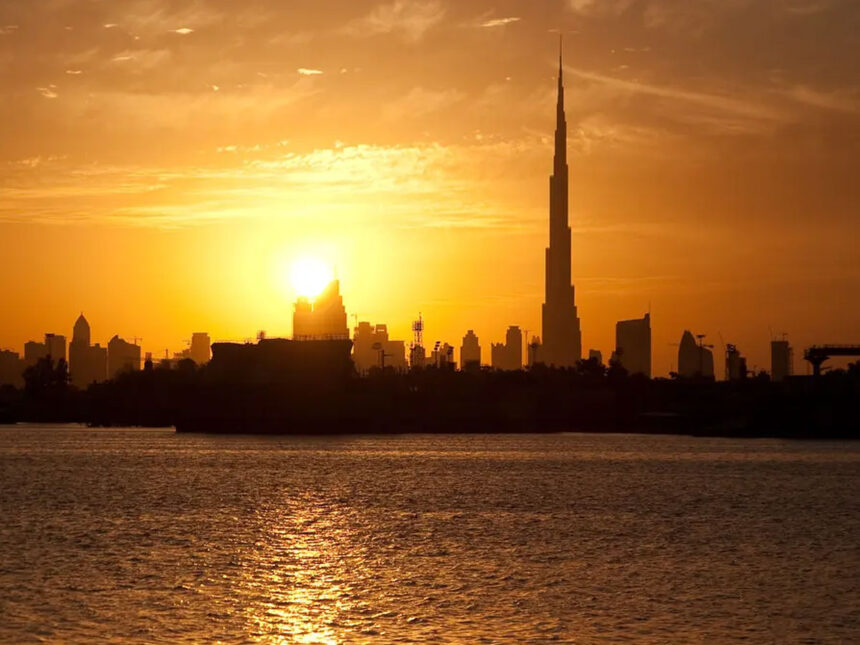Rising temperatures and humidity are making life in Dubai increasingly hazardous, with heat indexes soaring above 60°C (140°F) this summer, presenting a dire warning for the future.
Contents
Heat and Humidity in Dubai

- Temperature Records: On July 20, temperatures at Dubai International Airport reached 42°C (107.6°F). However, high humidity made it feel like 62°C (143.6°F), according to the US National Weather Service’s heat index.
- Health Risks: The extreme heat poses a severe danger to human health, with a high risk of heat stroke. The US weather service warns that temperatures above 54°C (129.2°F) are considered “extremely dangerous.”
- Recent Trends: This summer, Dubai experienced “feels-like” temperatures surpassing 60°C on five occasions, a significant increase from previous years.
Broader Impact of Climate Change
- Regional Vulnerability: The Middle East is warming faster than much of the world due to its desert landscape and proximity to the Persian Gulf. The region is experiencing more frequent and severe heat waves.
- Global Comparisons: Extreme weather conditions, intensified by climate change, are affecting various parts of the world, including Canada and Greece. However, the Middle East faces unique challenges due to its geographical and climatic conditions.
Recent Extreme Weather Events

- Hajj Tragedy: Over 1,300 pilgrims died during the annual Hajj gathering in Saudi Arabia this year due to extreme heat.
- Agricultural Impact: The heat has adversely affected agriculture in Egypt and caused office closures in Iran.
- Flooding: Dubai faced record rainfall in April, leading to severe flooding and infrastructure damage.
Climate Projections and Risks
- Future Temperature Increases: Projections from the Intergovernmental Panel on Climate Change (IPCC) indicate that the Middle East could see temperatures rise by 1.3°C to 4.7°C by the end of the century, depending on global emissions scenarios.
- Life-Threatening Conditions: Even heat-tolerant animals, such as camels, may not survive future conditions if temperatures continue to rise.
Urban Heat Island Effect
- Urban vs. Rural: Built-up areas in cities like Dubai are often 3-4°C hotter than surrounding rural areas due to the urban heat island effect.
- Vulnerable Populations: The elderly, very young, and individuals with preexisting health conditions are particularly at risk. Outdoor workers face heightened risks due to limited ability to avoid extreme heat.
Socio-Economic Disparities
- Economic Inequality: White-collar workers and those with access to air conditioning can better manage the heat, highlighting socio-economic inequalities in the region.
- Working Conditions: Manual laborers and those without access to cooling facilities are disproportionately affected, emphasizing the need for improved working conditions and support systems.
Conclusion
The increasing frequency and severity of extreme heat and humidity in Dubai and the broader Middle East underscore the urgent need for climate action and adaptation strategies. As temperatures continue to rise, protecting vulnerable populations and addressing socio-economic disparities will be crucial in mitigating the impacts of climate change.








